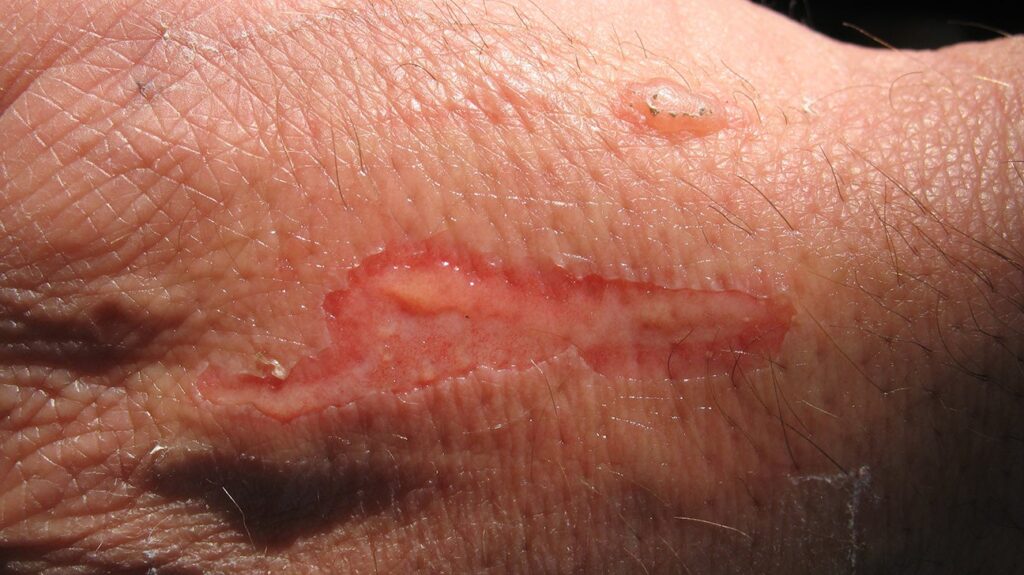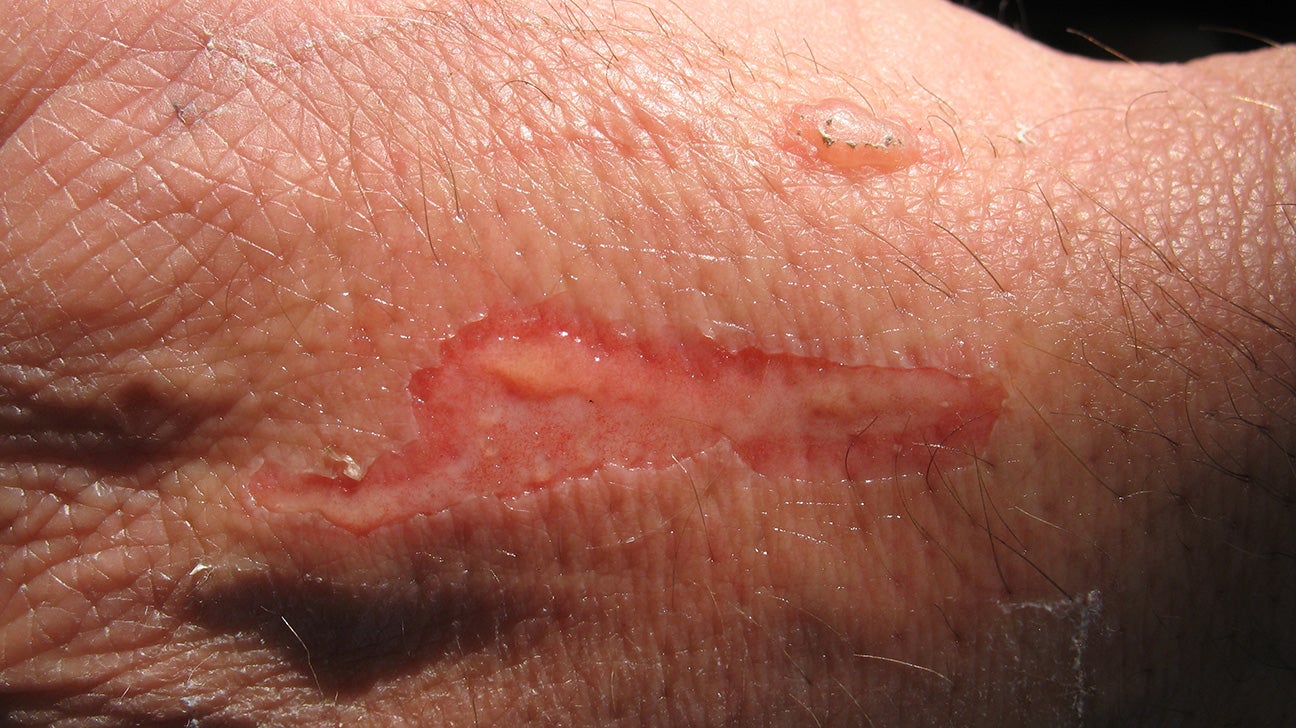
Cigarette Burns: Understanding Causes, Risks, and Prevention
Cigarette burns, often dismissed as minor incidents, can lead to significant health and safety concerns. This article delves into the causes, associated risks, and effective prevention strategies related to cigarette burns. Understanding the nature of these burns is crucial for both smokers and those around them to minimize potential harm.
What Causes Cigarette Burns?
Cigarette burns occur when a lit cigarette comes into direct contact with skin, clothing, furniture, or other flammable materials. The burning tip of a cigarette can reach extremely high temperatures, quickly causing damage upon contact. Common scenarios leading to cigarette burns include:
- Falling asleep while smoking
- Accidentally dropping a lit cigarette
- Improper disposal of cigarette butts
- Carelessness around flammable materials
Each of these situations presents a risk of not only cigarette burns but also larger fires. The consequences can range from minor skin injuries to devastating property damage.
Risks Associated with Cigarette Burns
Health Risks
Cigarette burns on the skin can result in several health complications. These include:
- Pain and Discomfort: Even small cigarette burns can be painful, especially if they affect sensitive areas of the body.
- Infection: The damaged skin is vulnerable to bacterial infection, which can delay healing and lead to more serious health problems.
- Scarring: Cigarette burns can leave permanent scars, particularly if they are deep or become infected.
- Nerve Damage: In severe cases, cigarette burns can damage underlying nerves, causing long-term pain or numbness.
Fire Hazards
Beyond the immediate health risks, cigarette burns are a major cause of fires. A lit cigarette can smolder for an extended period, igniting nearby materials and escalating into a full-blown fire. This poses significant risks to both life and property.
- House Fires: Many residential fires are started by carelessly discarded cigarettes. These fires can spread rapidly, causing extensive damage and endangering occupants.
- Wildfires: In outdoor settings, cigarette burns can ignite dry vegetation, leading to wildfires that can devastate large areas and threaten communities.
- Property Damage: Even small cigarette burns can damage furniture, carpets, and other household items, resulting in costly repairs or replacements.
First Aid for Cigarette Burns
Immediate and proper first aid is essential for treating cigarette burns. Here are the steps to follow:
- Cool the Burn: Immediately run cool (not cold) water over the burn for 10-20 minutes. This helps to reduce pain and prevent further tissue damage.
- Clean the Burn: Gently wash the burned area with mild soap and water. Avoid using harsh chemicals or scrubbing the skin.
- Apply Antibiotic Ointment: After cleaning the burn, apply a thin layer of antibiotic ointment to help prevent infection.
- Cover the Burn: Cover the burn with a sterile, non-stick bandage. This protects the area from dirt and bacteria.
- Pain Relief: Over-the-counter pain relievers, such as ibuprofen or acetaminophen, can help alleviate pain and discomfort.
- Seek Medical Attention: If the burn is deep, covers a large area, or shows signs of infection, seek medical attention immediately.
It’s crucial to monitor the burn for signs of infection, such as increased pain, redness, swelling, or pus. If any of these symptoms occur, consult a healthcare professional promptly.
Preventing Cigarette Burns
Prevention is the most effective way to avoid the risks associated with cigarette burns. Here are some key strategies:
- Smoke Outdoors: Whenever possible, smoke outdoors and away from flammable materials.
- Use Ashtrays: Always use a sturdy ashtray to dispose of cigarette butts. Ensure that the ashtray is placed on a stable surface and is made of a non-flammable material.
- Never Smoke in Bed: Avoid smoking in bed, as this significantly increases the risk of falling asleep with a lit cigarette.
- Be Mindful of Surroundings: Pay attention to your surroundings when smoking, and be aware of any potential fire hazards.
- Dispose of Butts Properly: Make sure cigarette butts are completely extinguished before disposing of them. Soak them in water if necessary.
- Install Smoke Detectors: Ensure that your home is equipped with working smoke detectors, and test them regularly.
- Educate Others: Share information about the dangers of cigarette burns with family and friends, especially those who smoke.
Cigarette Burns on Furniture and Carpets
Cigarette burns on furniture and carpets are common and can be challenging to repair. Depending on the severity of the burn, there are several methods you can try:
- Minor Burns: For small, superficial burns, you may be able to carefully trim away the damaged fibers and blend the area with surrounding material.
- Moderate Burns: For more significant burns, you may need to patch the area with a piece of matching fabric or carpet.
- Severe Burns: In severe cases, it may be necessary to replace the damaged section of furniture or carpet entirely.
Professional cleaning and repair services can also help restore damaged items and minimize the appearance of cigarette burns. [See also: Fire Safety Tips for Smokers]
The Impact of Secondhand Smoke and Cigarette Burns
While direct cigarette burns pose a tangible risk, it’s important to consider the broader impact of secondhand smoke. Exposure to secondhand smoke can exacerbate respiratory conditions and increase the risk of various health problems. Combining this with the potential for cigarette burns creates a hazardous environment, especially for children and individuals with pre-existing health issues.
Legal and Insurance Implications
Cigarette burns can also have legal and insurance implications. For instance, if a fire caused by a cigarette burn damages neighboring properties, the smoker may be held liable for the damages. Similarly, insurance companies may deny claims if a fire is determined to have been caused by careless smoking. Understanding these implications can underscore the importance of responsible smoking habits.
The Psychological Impact of Cigarette Burns
Beyond the physical and financial consequences, cigarette burns can also have a psychological impact. Individuals who have experienced severe burns may suffer from trauma, anxiety, or depression. The disfigurement caused by scarring can also affect self-esteem and body image. Providing support and resources for these individuals is crucial for their overall well-being. [See also: Treating Burn Injuries]
Conclusion
Cigarette burns are a preventable hazard with potentially serious consequences. By understanding the causes, risks, and prevention strategies outlined in this article, both smokers and non-smokers can take steps to minimize the risk of cigarette burns and protect themselves and their communities. Promoting responsible smoking habits and raising awareness about the dangers of cigarette burns are essential for creating a safer environment for everyone. Remember, vigilance and caution can significantly reduce the likelihood of these incidents and their devastating effects.

